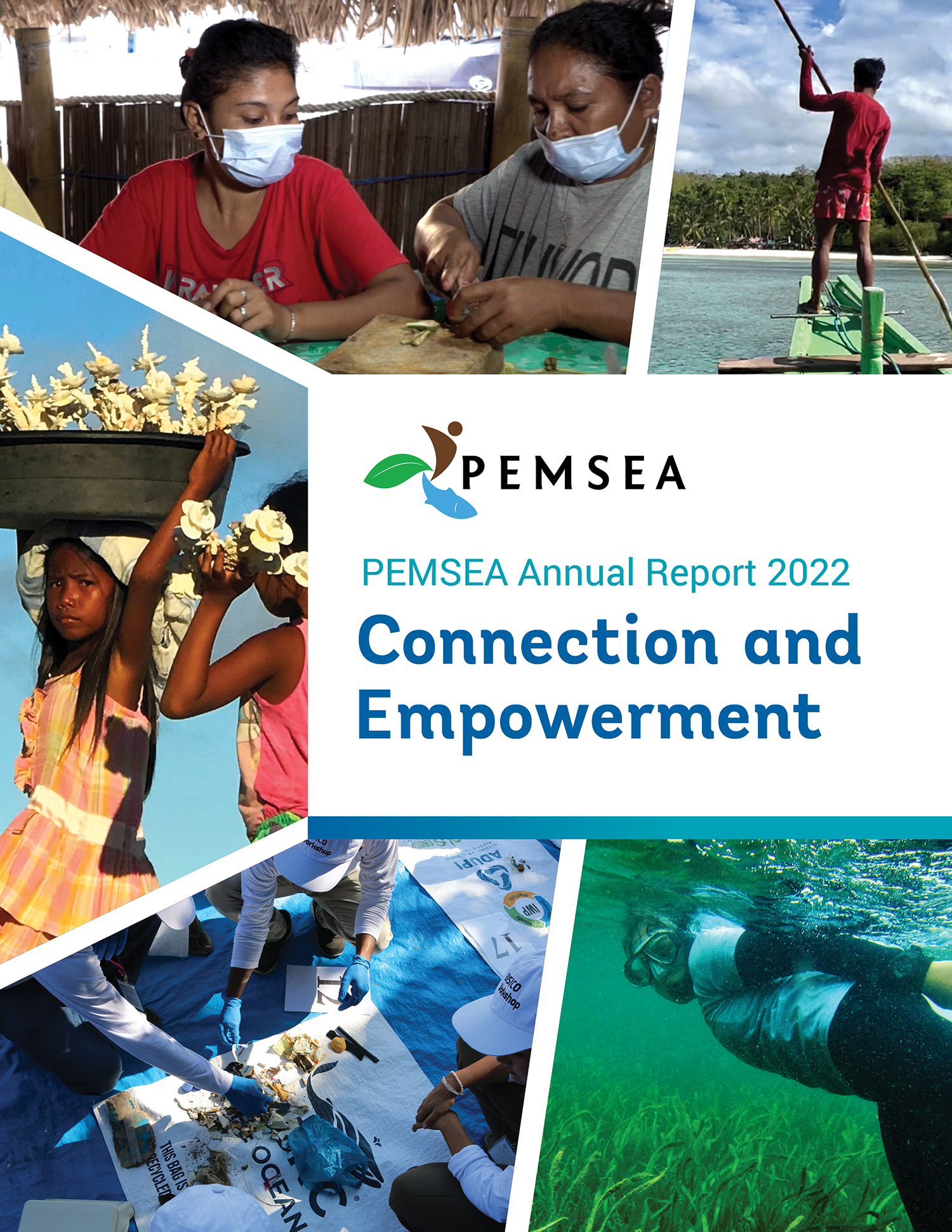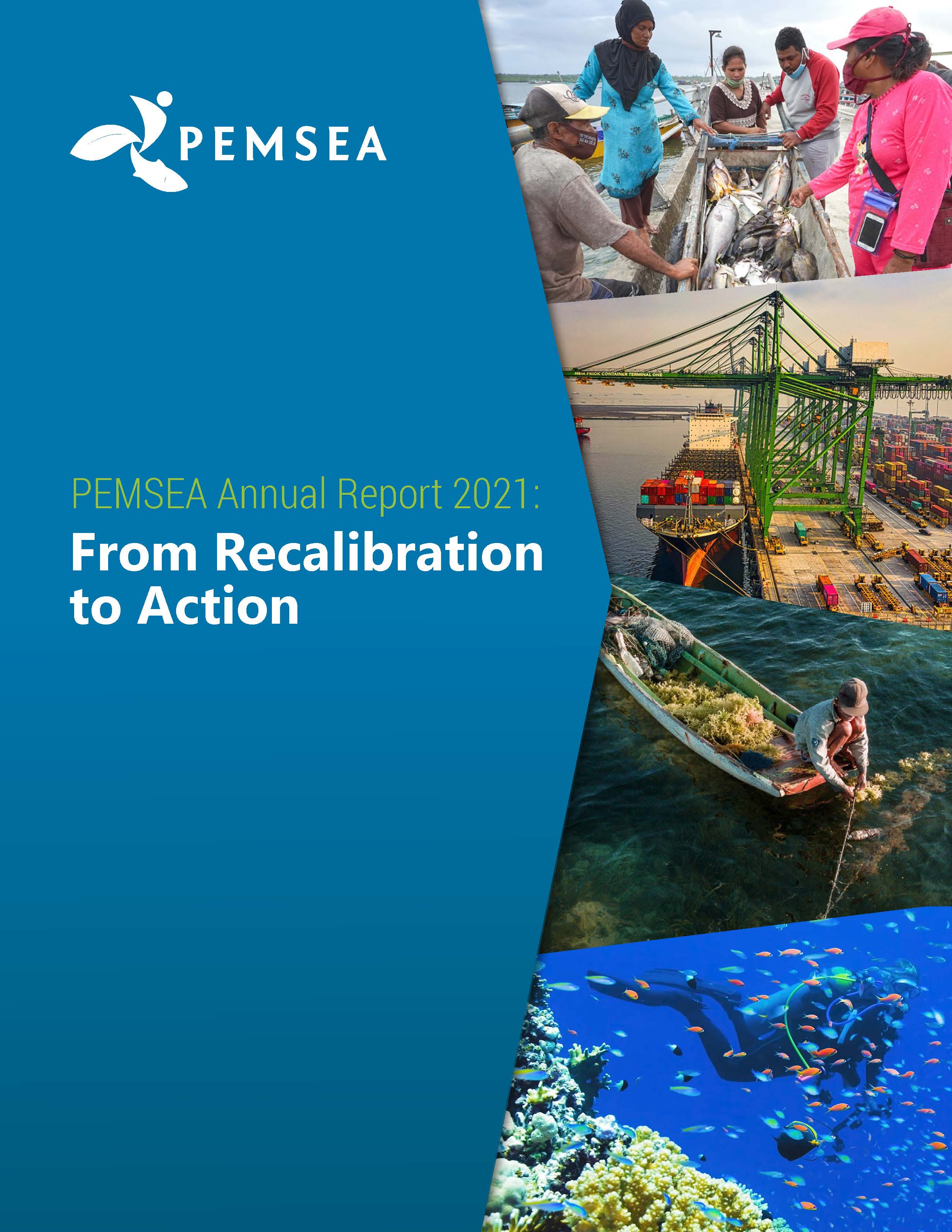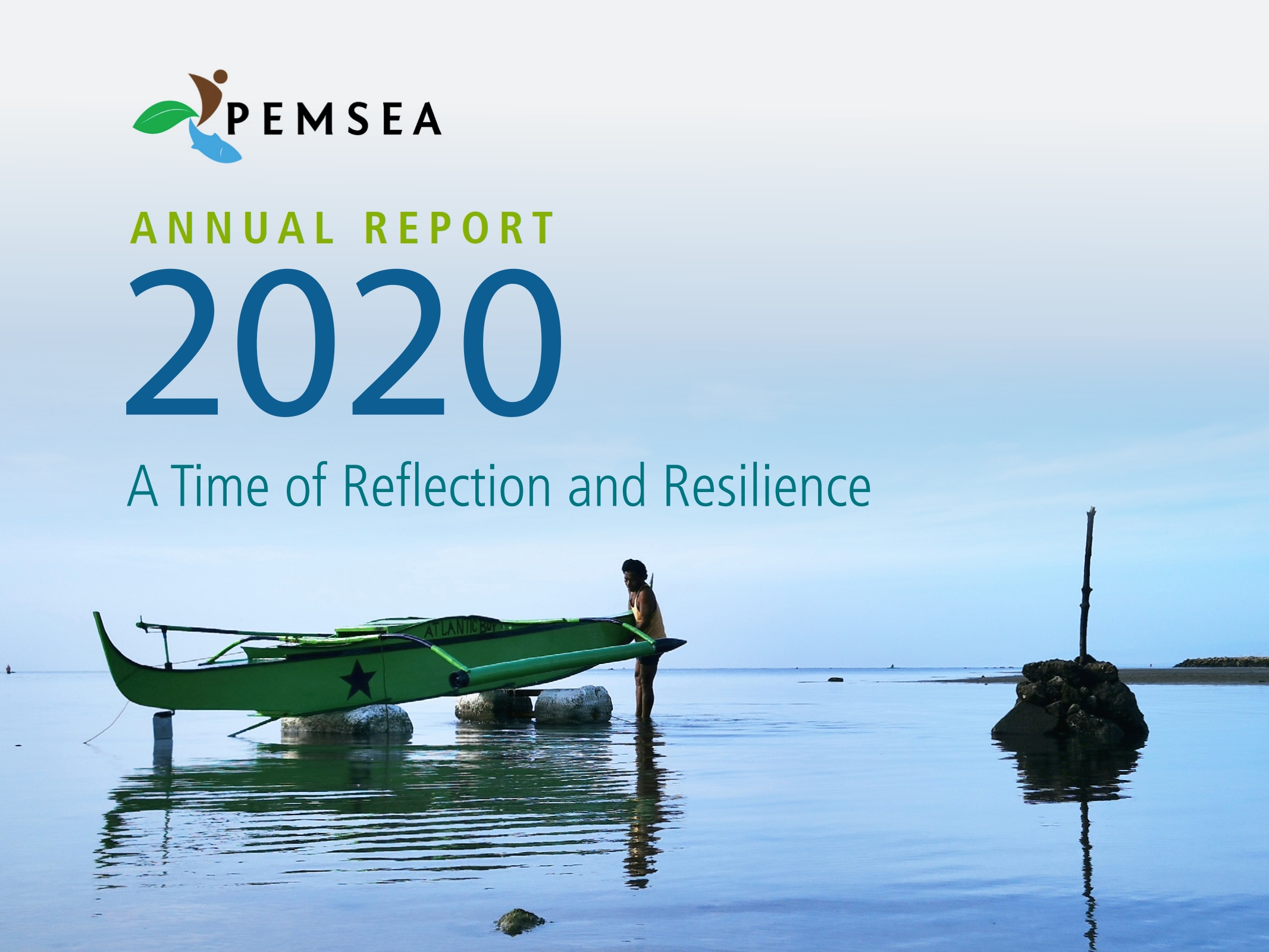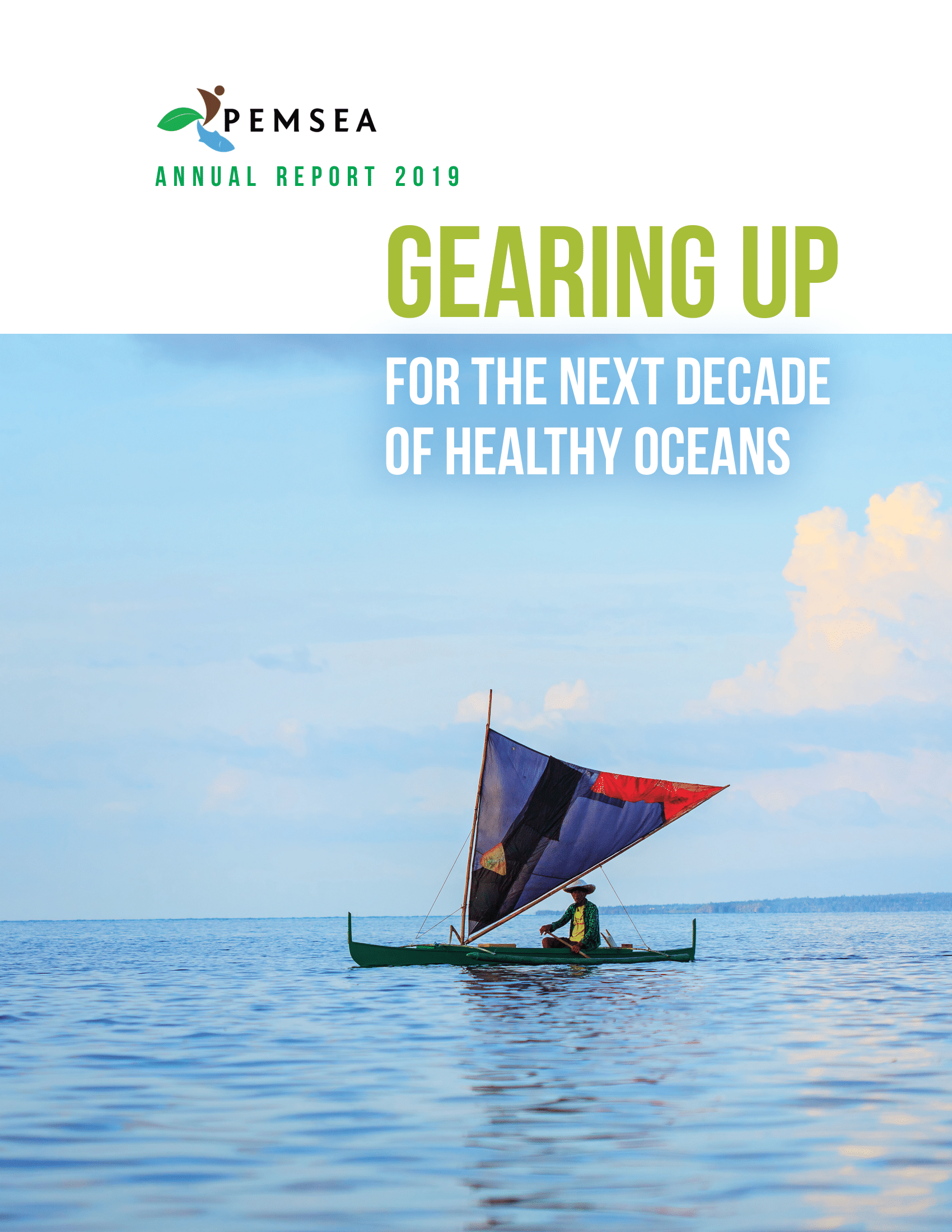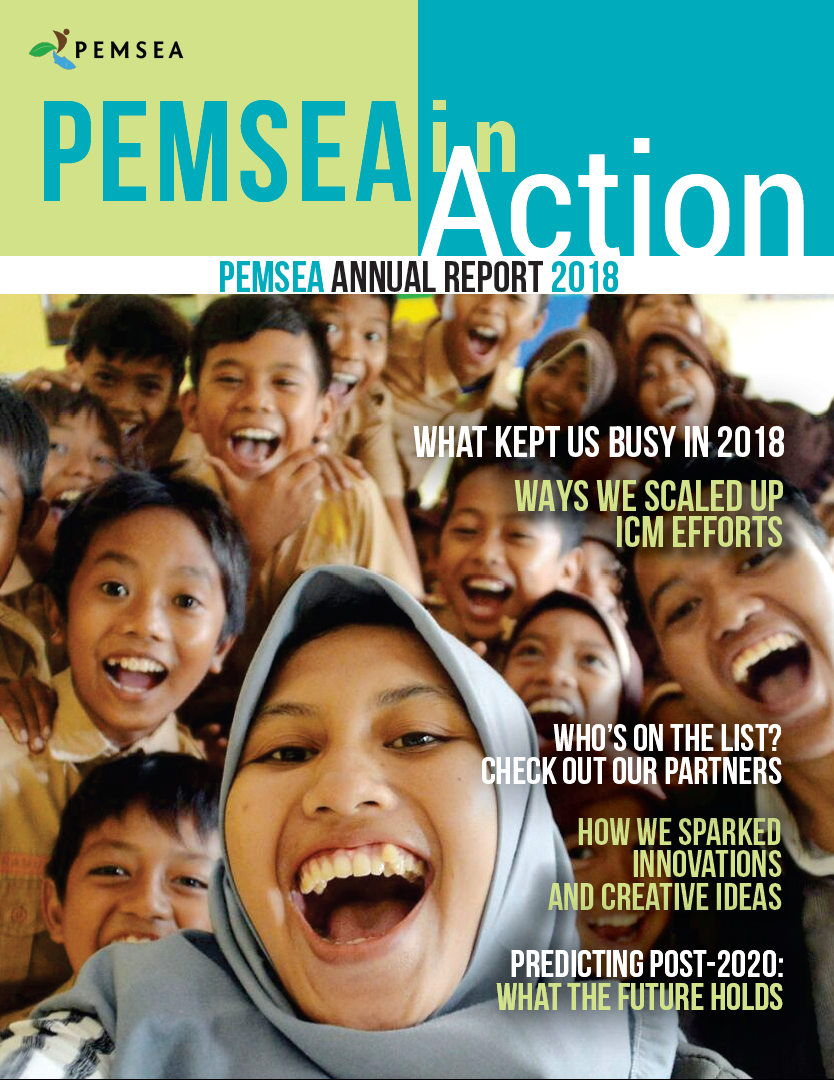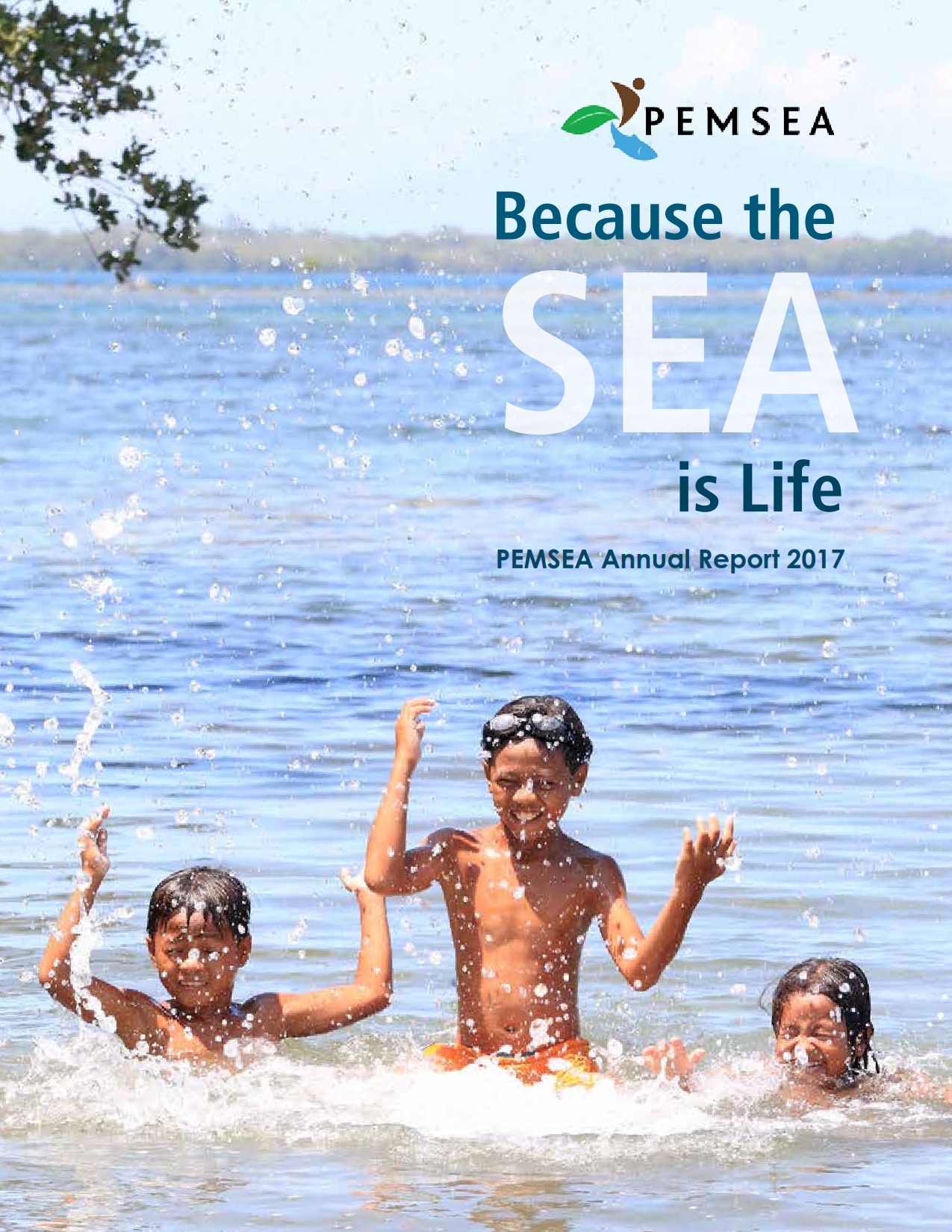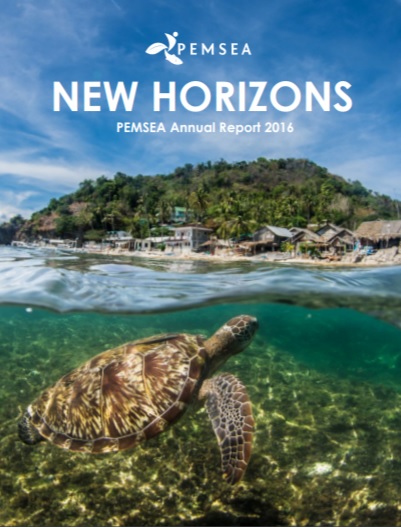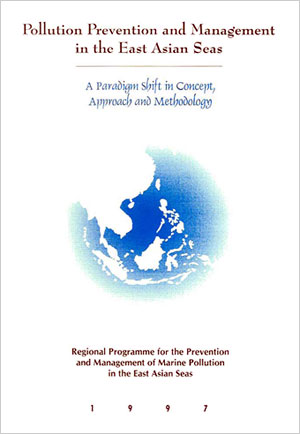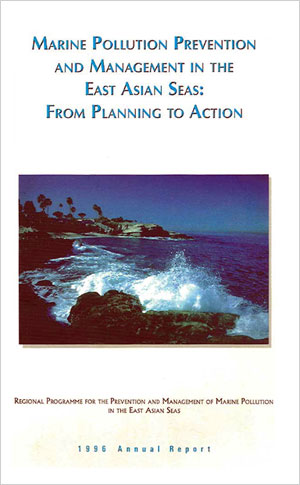
Breadcrumb
-
PEMSEA Annual Report 2022: Connection and Empowerment
Building on science-based actions, engaging local communities, and working closely with partners, PEMSEA aims to continue to drive integrated and coordinated actions to build H.O.P.E. (Healthy Ocean, People, and Economies) in the EAS region.
The year 2022 focused mostly on the further consolidation of the accomplishments during the last year of implementation of PEMSEA’s joint regional strategy, the Sustainable Development Strategy for the Seas of East Asia Implementation Plan (SDS-SEA IP) 2018-2022, and moving forward after the year’s gradual recovery from the global pandemic. For PEMSEA, laying the groundwork for the future meant identifying clear directions in consideration of past achievements and lessons learned, and addressing priorities in the coming years.
Through this report, we are pleased to share how PEMSEA, as a partnership, worked on key opportunities in the region to highlight and address these interconnected crises in 2022.
-
PEMSEA Annual Report 2021: From Recalibration to Action
The link between ocean health and human health was foremost in our minds in 2021 as we experienced another year of the global pandemic. Mental, emotional, and physical well-being were tested with successive lockdowns and mobility restrictions which caused some temporary setbacks in many of our initiatives. Nevertheless, with collective determination, grit, and perseverance to succeed, Partnerships in Environmental Management for the Seas of East Asia (PEMSEA) managed to have a relatively good year with many accomplishments that can spur us to greater action in the coming decade.
Notable highlights of the year included the successful organization of a nine-month-long, blended (online and face-to-face) East Asian Seas (EAS) Congress 2021 hosted by the Royal Government of Cambodia. It culminated in the 7thEAS Ministerial Forum, where 11 PEMSEA country partners reaffirmed their commitment to the EAS partnership and agreed to endorse the development of the PEMSEA Roadmap to 2030 that would reset and recalibrate actions to vigorously promote the blue economy pathway in the region and help fulfill our national, regional, and global commitments.
Much has been done to implement the region’s commitment to the United Nations (UN) Sustainable Development Goals (SDGs), but much more is needed to attain our vision of a healthy ocean, people, and economies.
On a fun note, we had to be skillful in adaptive management, embrace uncertainty, and learn to be innovative and creative in the online delivery of knowledge products and technical services to implement the targets under the Sustainable Development Strategy for the Seas of East Asia (SDS-SEA).
Allow us to help you look back on the year that set us off on a new decade of powerful actions through this report.
-
PEMSEA Annual Report 2020: A Time of Reflection and Resilience
The year 2020 will forever be remembered as one of the most challenging times in modern history due to the COVID-19 global pandemic. For PEMSEA, the events of such a disruptive year have forced us to reflect, review and recalibrate our actions, as well as address the undeniable link between ocean health and human health.
In a year of many changes, PEMSEA’s ability to rapidly pivot in the new normal was shown through our efforts to push through by means of remote work and the use of online platforms and digital tools. Looking towards 2021, we are committed to pursuing more initiatives to combat climate change, address marine litter and restore marine habitats. The upcoming East Asian Seas Congress hosted by the Royal Government of Cambodia on 1-2 December 2021 will also be an opportunity to highlight our best work, celebrate our partnerships, and forge the new EAS roadmap on coasts and oceans.
From reflection to resilience to recovery—these stages have defined our 2020. Together, we have emerged stronger and we thank all of you for holding steadfast to our commitment for the Seas of East Asia.
VIEW ANIMATED BOOK
-
PEMSEA Annual Report 2019: Gearing up for the next decade of healthy oceans
In the past year, concerted efforts to scale up the implementation of the 2018-2022 Sustainable Development Strategy for the Seas of East Asia (SDS-SEA) meant PEMSEA and its partner countries surpassed its integrated coastal management (ICM) targets ahead of schedule. Targeting to achieve at least 25% coverage of the region’s coastline by 2021, ICM coverage of the region’s coastline is now estimated at 37.9% as of December 2019.
The year 2020 has been declared a “Super Year” for the ocean, as growing evidence has shown that the sustainability of our marine ecosystems is inextricably linked to our human health and future prospects. The next decade has also been declared by the United Nations as the Decade of Ocean Science for Sustainable Development. From 2021 to 2030, PEMSEA is committed to supporting the UN SDGs, the new Biodiversity Conservation Framework and other international and regional commitments. This new decade of action will see the East Asian Seas play a leading role in addressing the issue of marine pollution and venturing into new integrated approaches to promoting ocean health and sustainable blue economies.
-
PEMSEA Annual Report 2018: PEMSEA in Action
This annual report shares PEMSEA's significant milestones in 2018: PEMSEA’s 25th anniversary; the holding of the East Asian Seas Congress in the Philippines; and country partners commitment to intensify the implementation of our shared regional strategy, the Sustainable Development Strategy for the Seas of East Asia, and pledge to support the sustainability of the PEMSEA Resource Facility beyond 2019 through the Iloilo Ministerial Declaration.
-
PEMSEA Annual Report 2017: Because the SEA is Life
This annual report shares the significant developments PEMSEA and its partners took in 2017 towards fulfilling the vision of healthy ocean, people, and economies. With this report we celebrate almost 25 years of partnerships in developing a sustainable future for the Seas of East Asia.
-
PEMSEA Annual Report 2016: New Horizons
With the significant activities occurring in the last quarter of 2015, this Annual Report covers PEMSEA’s major programs and activities from the 4th quarter of 2015 up to the end of 4th quarter 2016. It aims to share the significant highlights within that period, providing readers with insight on the breadth of work being done and the number of organizations and people who are actively collaborating and contributing to the regional effort for sustainable seas.
-
Pollution Prevention and Management in the East Asian Seas: A Paradigm Shift in Concept, Approach and Methodology (1997 Annual Report)
The last two decades saw countries in the East Asian region taking action to reduce and avoid environmental threats. It is apparent however that existing national and regional efforts and still lacking. This report provides innovative frameworks that highlight alternative approaches to marine pollution management. The paradigms presented here are results of years of project experience and ranges from perception to new investments and partnerships in mitigating pollution. The 1997 report has been prepared under the theme "Prevention and Management of Marine Pollution in the East Asian Seas: A Paradigm Shift in Concept, Approach and Methodology". The paradigm shift outlined in this report touches both the abstract and the practical aspects of the Regional Programme, ranging from changes in perception, to transformation in institutional arrangements, to new investments and partnerships in monitoring, mitigating and avoiding pollution.
-
Marine Pollution Prevention and Management in the East Asian Seas: From Planning to Action (1996 Annual Report)
The 1996 Annual Report of the Regional Programme for the Prevention and Management of Marine Pollution in the East Asian Seas has been prepared under the theme, "From Planning to Action". Recalling that the overall objective of the Programme is to support the efforts of participating governments in the prevention and management of marine pollution at both the national and subregional levels on a long-term and self-reliant basis, the theme voices the essence of work which has been undertaken during the year. The report reviews some of the issues and challenges that were involved in implementing the Regional Programme. The experience and lessons learned have provided a better appreciation among stakeholders of why and how integrated coastal management is applied in the coastal area, the social and economic opportunities that are afforded as a result of marine pollution initiatives and the costs and benefits of partnerships between government and private sector.
